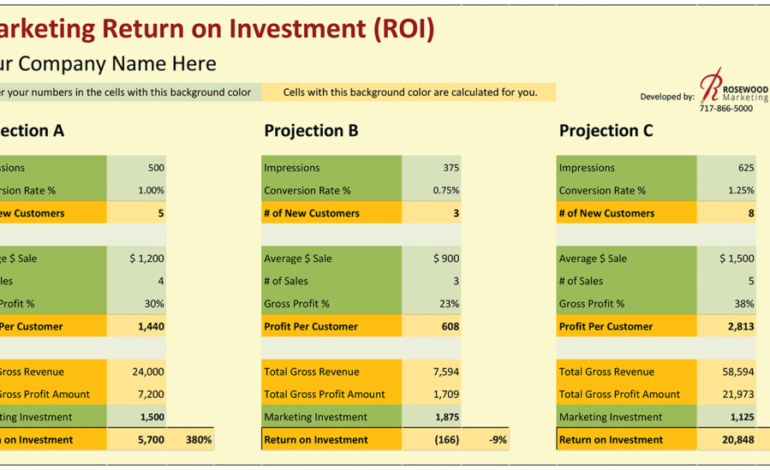Understanding Marketing ROI: Key Metrics for Oracle India

`What is Marketing ROI? Oracle India provides valuable insights into this crucial concept. Marketing ROI stands for “Return on Investment,” and it measures how effectively marketing efforts generate revenue for a business.
What is Marketing ROI?
Marketing ROI quantifies the financial return of marketing campaigns, helping businesses understand which strategies yield the best results. It’s calculated by comparing the revenue generated from a campaign to its associated costs. By tracking and analyzing this metric, companies can make informed decisions about where to allocate their resources.
Why is ROI Important?
ROI plays a vital role in evaluating marketing effectiveness. Before launching any campaign, understanding the potential ROI helps set realistic goals. Even as estimates, these goals provide a benchmark for measuring success. In today’s complex marketing landscape, ROI becomes a critical tool for assessing strategy efficiency and impact.
How to Calculate Marketing ROI
There are two primary methods to calculate ROI: the cost ratio method and revenue attribution analysis.
Cost Ratio Method:
The cost ratio is calculated by dividing total revenue generated by the marketing budget spent. A higher cost ratio indicates a more profitable campaign. For example, a cost ratio of 5:1 means every dollar invested in marketing generates five dollars in revenue, resulting in a 400% ROI.
Revenue Attribution Analysis:
This method assigns revenue to specific marketing touchpoints. Direct attribution credits the last touch leading to a sale, while indirect attribution spreads revenue across all touches. Combining both approaches provides a more accurate picture of campaign effectiveness.
Challenges in Calculating ROI
Attributing ROI accurately can be difficult due to multiple touchpoints influencing customer decisions. For instance, a social media post may drive traffic to a newsletter, which then leads to an event attendance and eventually a purchase. Determining which touchpoint deserves credit for the final sale is complex and requires careful analysis.
Determining Customer Lifetime Value (CLV)
Customer lifetime value represents the total revenue a business can expect from a customer throughout their relationship with the company. CLV complements ROI by highlighting the importance of retaining existing customers over acquiring new ones. To calculate CLV, subtract acquisition costs from average customer lifespan value.
Conclusion
Understanding and calculating Marketing ROI is essential for optimizing marketing strategies. By measuring the return on investment, businesses can allocate resources effectively, improve decision-making, and ultimately drive growth. Whether through cost ratio analysis or revenue attribution, ROI provides valuable insights into the success of marketing campaigns.
How to Get Started: If you’re new to calculating ROI, start by tracking key metrics like sales, website traffic, and customer engagement. Use this data to estimate the impact of your marketing efforts on bottom-line results. Over time, these insights will become invaluable in refining your strategies for maximum ROI.
Remember, the goal is not just to measure success but also to continuously improve based on the data you collect. By focusing on ROI, you can ensure that every marketing dollar spent contributes directly to your business’s growth and profitability.



